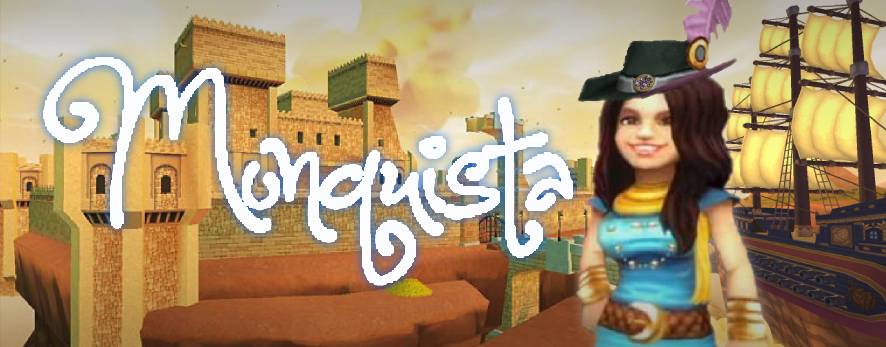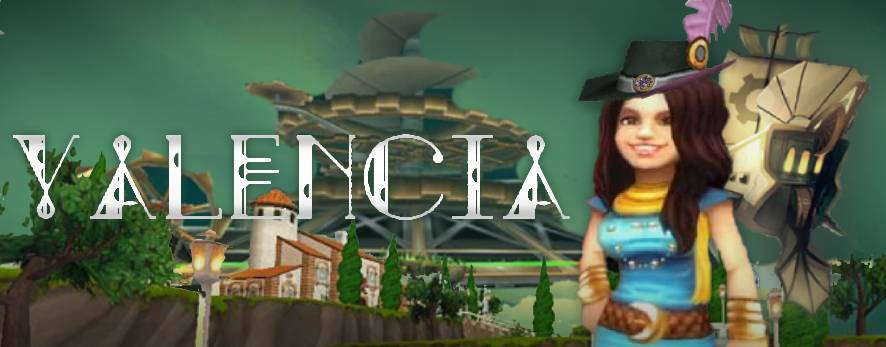Tag: filmscore
-

The Monquistan Choir
•
Despite its location in an isolated corner of the Spiral, Monquista, rich in gold and culture, is one of its most prominent powers. The Skull Island colonies enrich their people considerably. In line with Valencia and Marleybone, their society is posh and structured in which there is a noble class,…
-

The Valencian Philharmonic
•
T he home of the ruthless clockwork empire and our own Diego the Duelmaster. Valencia was once a land of pristine culture and beauty until the clockworks came onto the scene. This is best shown through the music of Valencia. Elegant classical instruments such as the piano and strings identify the…